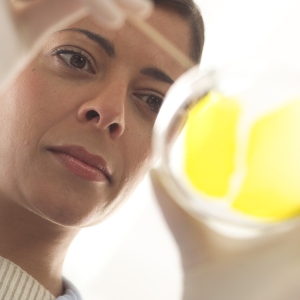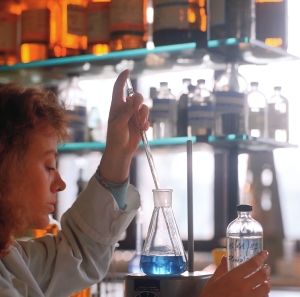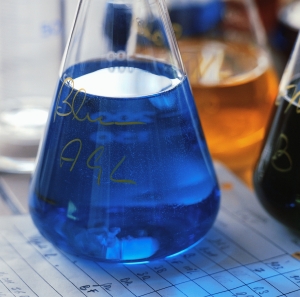
Research
Analysis
Laboratory
Teaching
Classroom
Biosafety in Lab





2012 BioNanoTox- TRIO Workshop
Modules
Environmental Sciences and Applications
Biological / Biomedical Sciences and Applications
Biological / Biochemical Sciences and Applications
| Module | Biosafety in Biology and Chemistry | Introducing the chemical hood, the biosafety cabinet, the autoclave, different regimes of autoclaving, and biosafety lab levels |
Proposed educational and research activities
by Drs. Carl Stapleton, Nawab Ali, and Olga Tarasenko
| Module 1.0 | Laboratory-based environmental toxicity (bioassay) testing using Fast Plant seeds | |
| 1.1 Activities: | Bioassay experimental design, hypotheses testing, preparing extractions, dilutions, microscopy, data analysis | |
| Module 2.0 |
Field-based assessment of physical and chemical surface water quality indicators associated with an urban stream | |
| 2.1 Activities: | Sampling protocols, calibration of pH, temperature, and TDS field measurement instrumentation, colorimeter analysis for dissolved oxygen and orthophosphate, data analysis | |
| Module 3.0 | Field/laboratory characterization of biological indicators associated with an urban stream (chlorophyll a, macroinvertebrates, bacteria) | |
| 3.1 Activities: | Sampling protocols, dichotomous keys, diversity index determination, preparing extractions, spectrophotometric analysis, enumeration of bacterial populations (plating/sterile technique), data analysis |
by Dr. Carl Stapleton
| Module 4.0 | The relationship between an enzyme and its substrate molecule(s) | |
| 4.1 Activities: | Inositol trisphosphate functions in cells | |
| Module 5.0 |
Relate the function of the plasma (cell) membrane to its structure |
|
| 5.1 Activities: | Introduction of cell membranes of various cells, role of inositol trisphosphate | |
| Module 6.0 | Compare and contrast active transport and passive transport mechanisms: • diffusion • osmosis • endocytosis • exocytosis • phagocytosis • pinocytosis |
|
| 6.1 Activities: | Sampling protocols, preparing extractions, spectrophotometric analysis, enumeration of cells (plating/sterile technique), data analysis |
by Dr. Nawab Ali
| Module 7.0 | Carbohydrates, disaccharides, and polysaccharides | |
| 7.1 Activities: | Sampling protocols, preparing serial dilutions, spectrophotometric analysis, data analysis | |
| Module 8.0 |
Prokaryotic and eukaryotic cells, and role carbohydrates, disaccharides, and polysaccharides |
|
| 8.1 Activities: | Recognition assay using carbohydrate and carbohydrate polymers, experimental design, hypotheses testing, preparing extractions, dilutions, data analysis | |
| Module 9.0 | Compare and carbohydrate structure and their role on biological function: • binding • recognition • phagocytosis |
|
| 9.1 Activities: | Sampling protocols, spectrophotometric analysis, enumeration of bacterial populations (plating/sterile technique), data analysis |
by Dr. Olga Tarasenko
Follow-up Activities (teachers and students)
______________________________________________________________________________________________
Webdesign by Guenther Duvall
Webdesign by Guenther Duvall
| June-August, 2012 | Preparation / submission of abstracts on the obtained results to the 6th BioNanoTox and Applications Research Conference |
| August-September | Printing posters based on prepared PowerPoint presentations |
| November 15-16, 2012 | Participations and poster presentations at the 6th BioNanoTox and Applications Research Conference, November 15-16, 2012 |
| November-December, 2012 | Optional: Preparation / submission of articles on the obtained results to be published Articles will be published by the BioNanoTox International Journal in April-May, 2013. |